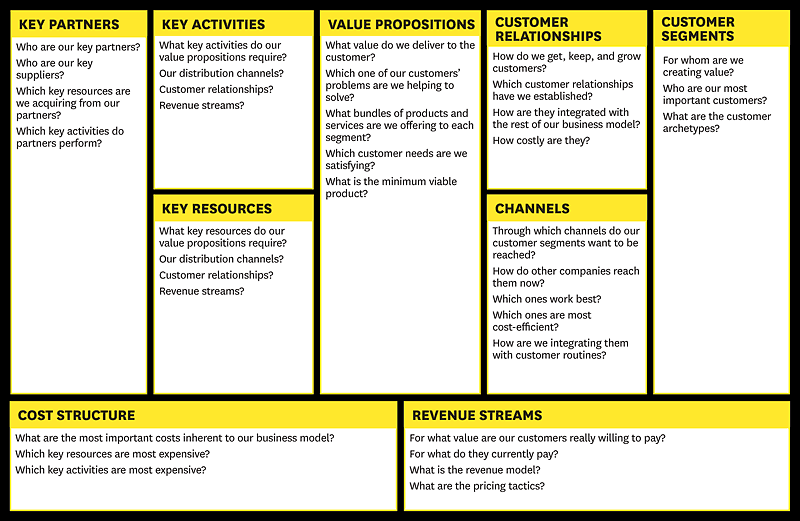How to create a Business Model Canvas
A four step process for creating a business model canvas.
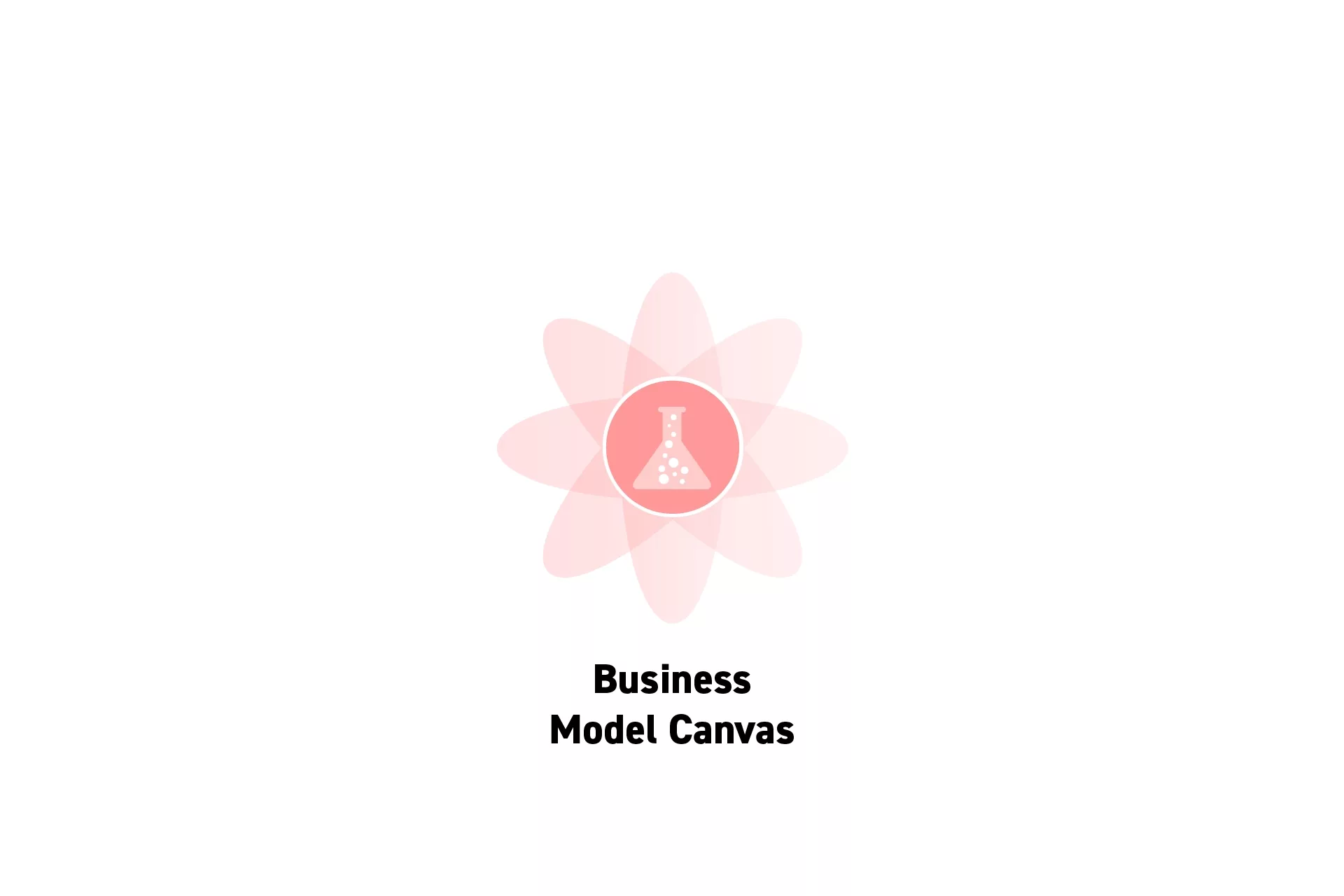
A four step process for creating a business model canvas.
SubscribeWhat is a Business Model Canvas?A business model canvas is a design thinking methodology that enables businesses to move past a human-centered or product-centric approach to an approach focused on visualizing a product, service or experience as a business.
“A business model describes the rationale of how an organization creates, delivers, and captures value.”
Examples of Business Model Canvases
Harvard Business Review: A Better Way to Think About Your Business Model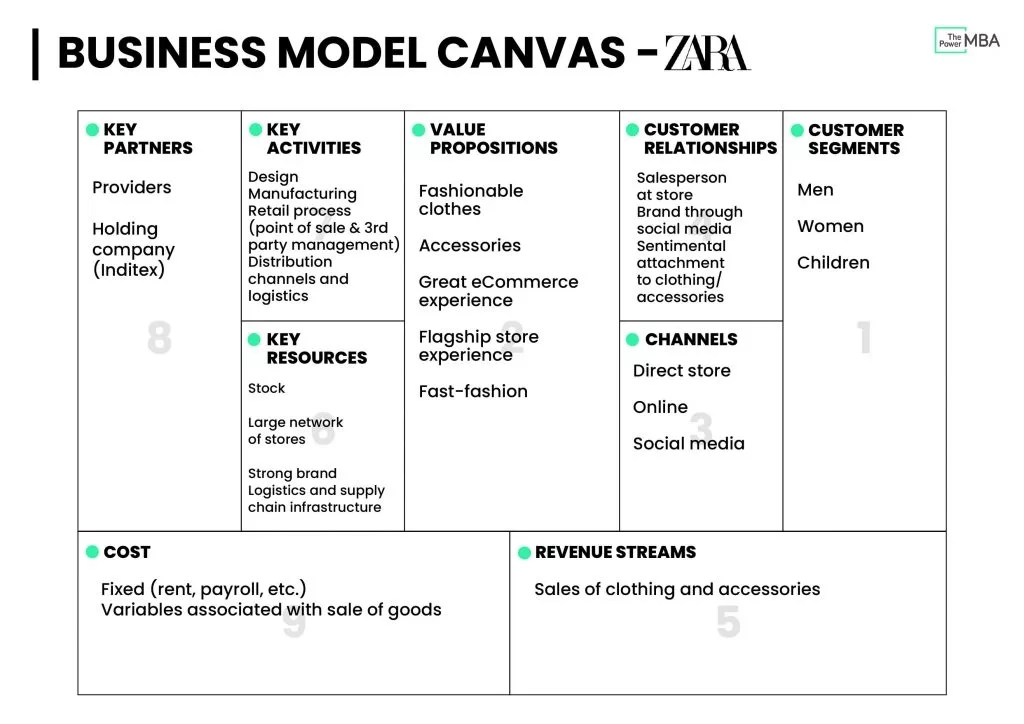
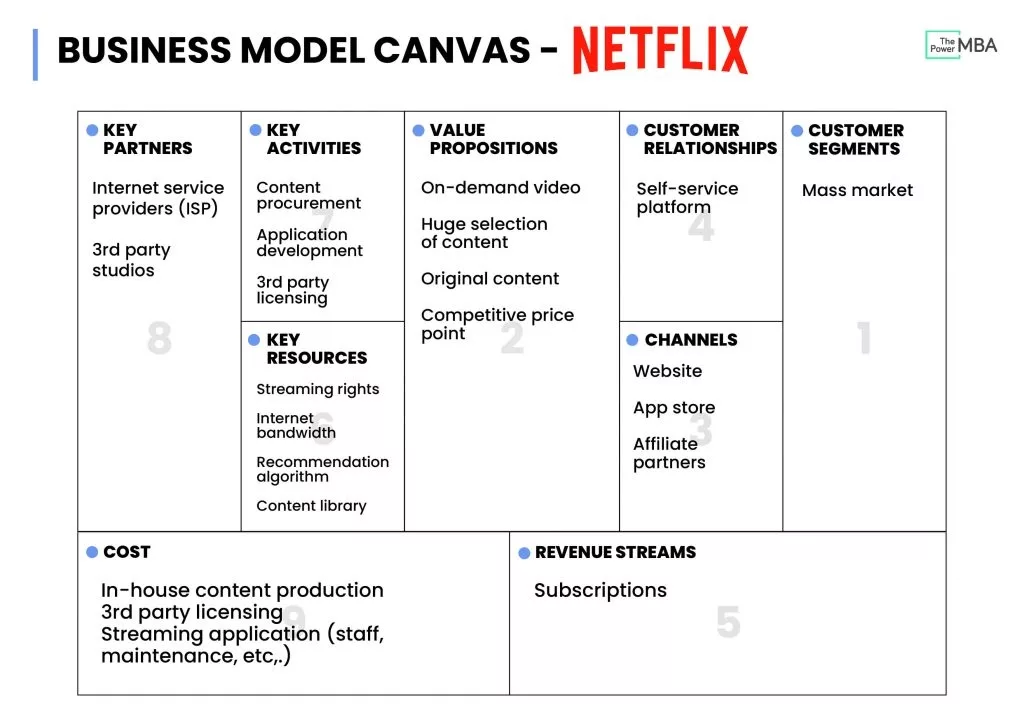
How to create a Business Model Canvas
A 2-minute overview of the Business Model Canvas, a tool for visionaries, game changers, and challengers.
Before creating the business model canvas we suggest you familiarize yourself with the intention behind each block.
If you have already carried out and synthesized the research, jump to step four.
Step One: Write a Hypothesis
Before you can create a business model canvas, you must define the problem that you are trying to solve or the idea that you want to validate.
Please note that this hypothesis could relate to an existing feature, product, service or experience and could pertain to an entirely new creation or an addition to an existing creation.
Step Two: Define the target audience
Business model canvases are meant to define the value you bring to a target audience and the ecosystem that performs around them.
In order to know who to create for, you must define your target audience.
Step Three: Carry out the Research
Perform user research, desk research and carry out interviews and remember to record your findings in ways that can be synthesized into insights and other products that augment your ability to generate meaningful solutions for your target audience.
To learn more about the products that could arise from synthesizing your research consult the link below.
Part of the synthesis should be uncovering what the customers "jobs" are and how a product, service or experience could reduce the Bio-Cost, which is known as amount of energy or time required to carry out the "job."
For more information, consult the Value Proposition Canvas and Harvard Business School article linked below.
Step Four: Define the Business Model Canvas
Consult the insights and products of research synthesis and define the business model canvas of how your product service or experience.
To remind yourself of what each quadrant means, consult the link below.
Learn about different design thinking products and methodologies
We recommend that you consult our Methods for Synthesizing User Research article linked below to learn about design thinking products that could come out of the research that you have conducted.
These products are created using popular design research methodologies which are intended to help you and your organization innovate effectively.
Always remember, the work is never done
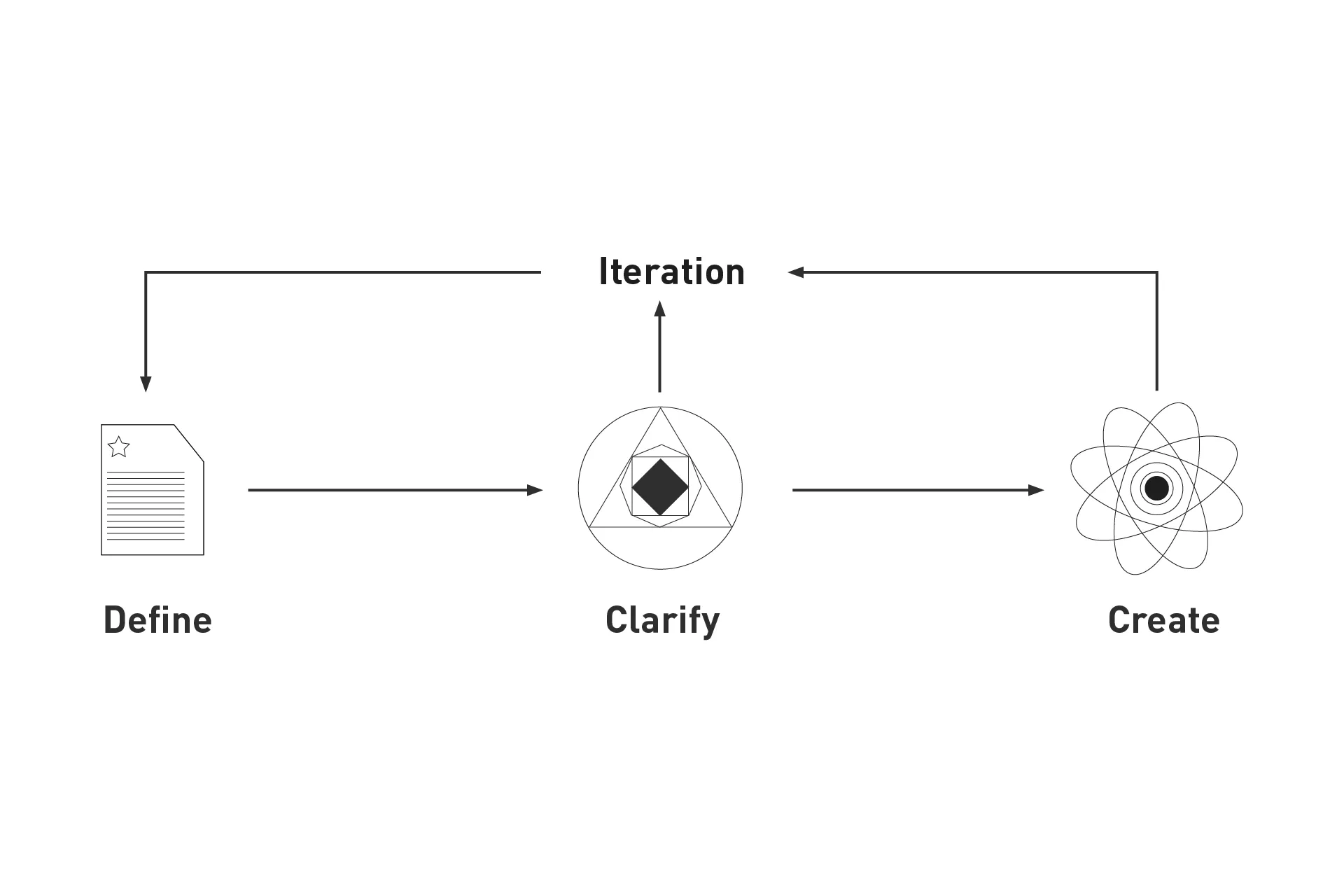
delasign's process
When creating a business model canvas, it is important to note that they are neither a start nor an end.
They should serve as a way to visualize your business model in a way that is meaningful, intentional and focused on the target audience and which result in a return on investment.
As you transform the lives of your users, they might change. This is what you're looking for and will mean that you will have to redo this process to produce a meaningful addition to your business model canvas.
Looking to learn more about Research and Strategy?
Search our blog to find educational content on research and strategy.
